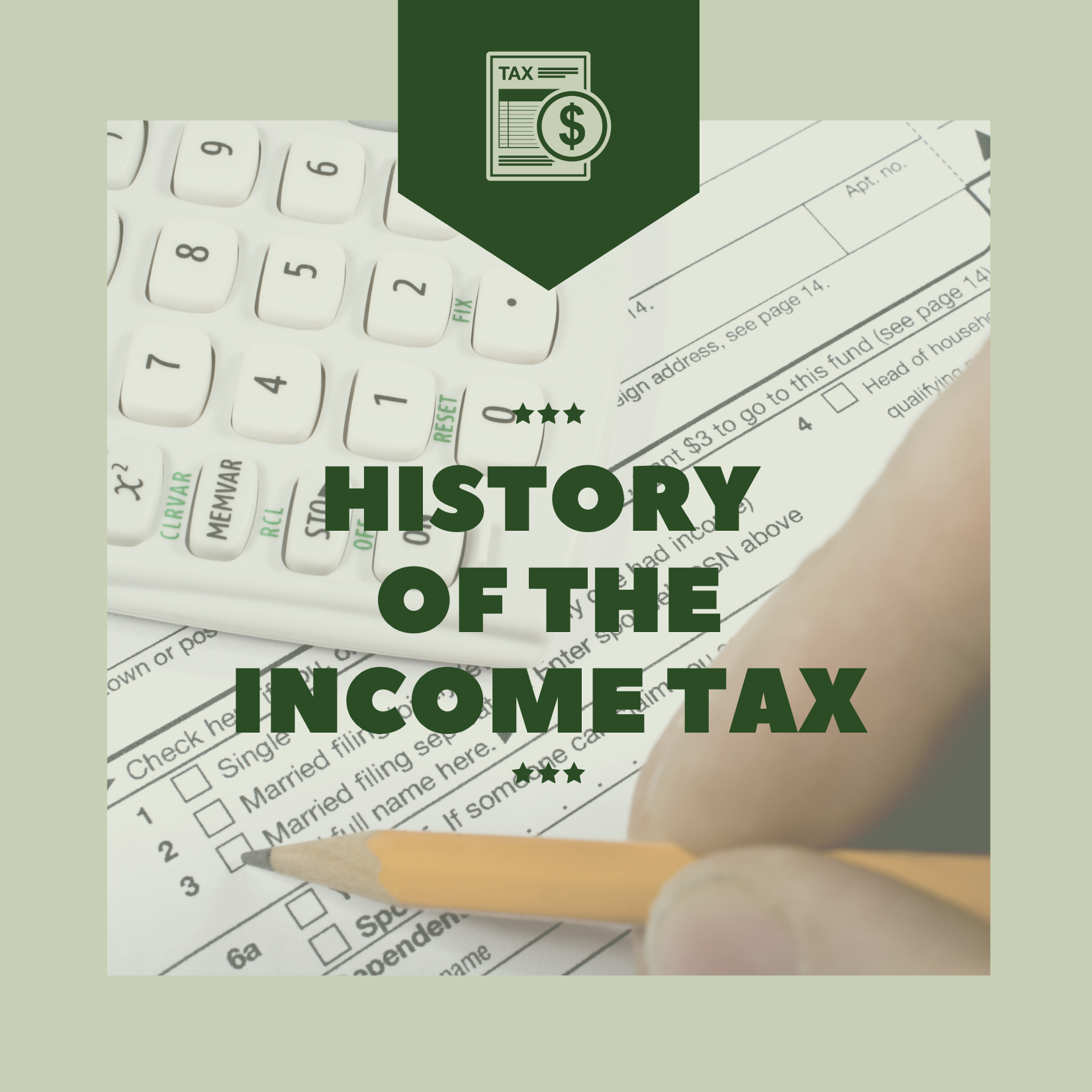
Appeared in the Columbia Daily Tribune on 2/16/19
The new tax law (TCJA) altered the IRS Code than any change since the Reagan tax overhaul of 1986. Internal Revenue Code (IRC) Section 199A sets forth the “Deduction for Qualified Business Income of Pass-Through Entities,” aka: 1) QBI, 2) 20% deduction, 3) 199A deduction, 4) Pass-through deduction. Please also remember that almost all the TCJA tax law changes expire 12/31/2025.
The TCJA lowered the tax rate for corporations to 21%. QBI is an attempt by Congress to level the playing field with other business entities, especially those that are not taxed at the entity level, like partnerships and Small Business S-Corporations. Their income passes through to the taxpayers’ Form 1040 via Schedule K-1. QBI essentially reduces the top highest tax rate to 29.6%.
If your tax return is simple and does NOT include income from the following: 1) small business, 2) sole proprietorship, 3) an LLC, 4) S-corporation, 5) partnership, 6) trust, etc., then QBI does not apply to you. If you have those types of income, then this article is for you.
Here are a few QBI basics. QBI does not affect the calculation of self-employment (SE) tax. QBI is a “below the line” deduction, meaning it is computed after arriving at Adjusted Gross Income (AGI). QBI basically applies to any entity besides a C-Corporation. The QBI deduction cannot exceed Taxable Income.
The following are NOT included in the computation of qualified business income (QBI):
1. Net long-term capital gains and losses
2. Dividends
3. Interest income (except business interest income)
4. Guaranteed payments to partners
5. Reasonable compensation
6. Income from an annuity (unless it is owned by a business)
7. Foreign currency gains related to IRC Section 988
Please be advised that QBI does not include:
1. any losses or deductions disallowed under basis limitations,
2. any losses or deductions disallowed under at-risk limitations,
3. any losses or deductions disallowed under passive loss rules,
4. any losses or deductions disallowed under Section 461(l) excess basis loss limitations,
because those losses are accounted for the year they impact taxable income.
It is important to remember two thresholds when computing QBI. The first important threshold is level of Taxable Income at which the 32% marginal tax rate begins, which is $315,000 for married filing jointly (MFJ), or $157,500 for all other filing statuses. The second important threshold is phase-out threshold, which is $415,000 for MFJ and $207,500 for all others. If QBI income is less than the first threshold, there is no limitation to the QBI 20% deduction. If QBI income falls between these two thresholds, the QBI deduction is limited, or phased-out. Also, these thresholds will be adjusted for inflation beginning in 2019.
Finally, If QBI income exceeds the second threshold, the allowable QBI deduction could be zero or limited by two other factors. These two factors are: 1) W-2 wages for the business and 2) 2.5% of the unadjusted basis immediately after acquisition of all qualified property. The deductible amount for each qualified business when 1040 taxable income exceeds the second threshold will be: 1) the lesser of 20% of QBI, or 2) 50% of W-2 wages for that business, or 3) 25% of W-2 wages for that business plus 2.5% of the unadjusted basis immediately after acquisition of all qualified property. Clear as mud, right. They couldn’t made this more confusing if they tried.
I would expect that 95% of taxpayers would fall short of the first threshold, so they would be allowed the full QBI deduction. The remaining 5% of taxpayers with the highest AGI would face limits to their QBI deduction for 2018. But, most of these taxpayers already have complex tax returns and enlist professional help from CPAs and attorneys specializing in taxes. They have robust tax software that will compute the proper QBI deduction. So, I won’t bore you to tears going into details describing the computation of the allowable QBI deduction for third threshold.
If you have heard of QBI, you may also have seen a reference to “Specific Service Business.” This is a newly-designed term that refers to companies whose principal asset of that business is the reputation or skill of one or more of its owners. By definition, Specific Service Businesses include the following:
1. Investing
2. Banking
3. Financing
4. Accounting
5. Leasing
6. Farming
7. Mining
8. Providing hospitality services (lodging or restaurant)
Yet, specifically excluded from this list are businesses in the following industries:
1. Engineering
2. Architecture
It seems that the engineers and architects have better lobbyists than the former list. Logic is not fundamental of taxation.
To wrap up the discussion of Specific Service Businesses, I need to point out that QBI in excess of the phaseout (second threshold) results in no QBI deduction. However, this fact encourages proactive tax planning. For example, if one of those Specific Service Business had two or more income streams, one could be set up as a C-corporation and pay only 21% in taxes. This would remove income from the existing business that most likely would make taxable income fall below the first threshold, thereby allowing the full 20% QBI deduction.
Tax law is like the old USSR vs. USA space race, every time one side makes an improvement, the other side adapts and changes the paradigm. Nearly every change in the tax code by Congress yields intended tax breaks and unintended benefits to the tax savvy.
Aric Schreiner is managing member of Columbia CPA Group, LLC.




